News Beat
News Beat reporting is an idrw.org initiative to let our Readers to report News Based on Actual facts but some how has not been reported in Main Stream Media .
SOURCE: RAUNAK KUNDE / NEWS BEAT / IDRW.ORG

The Adani Group, in a significant development for India’s maritime defence capabilities, has confirmed plans to develop a ship-based variant of the Naval Anti-Ship Missile – Short Range (NASM-SR). This comes on the heels of their selection as the production partner for the helicopter-launched version of the missile, currently under development by the Defence Research and Development Organisation (DRDO).
The existing NASM-SR boasts a respectable range of 55 kilometers. However, the new ship-based variant will pack an extra punch, thanks to the addition of a solid booster. This enhanced propulsion system promises to significantly extend the missile’s strike range, allowing it to effectively engage warships and other sea-based targets at greater distances.
Continue readingSOURCE: RAUNAK KUNDE / NEWS BEAT / IDRW.ORG
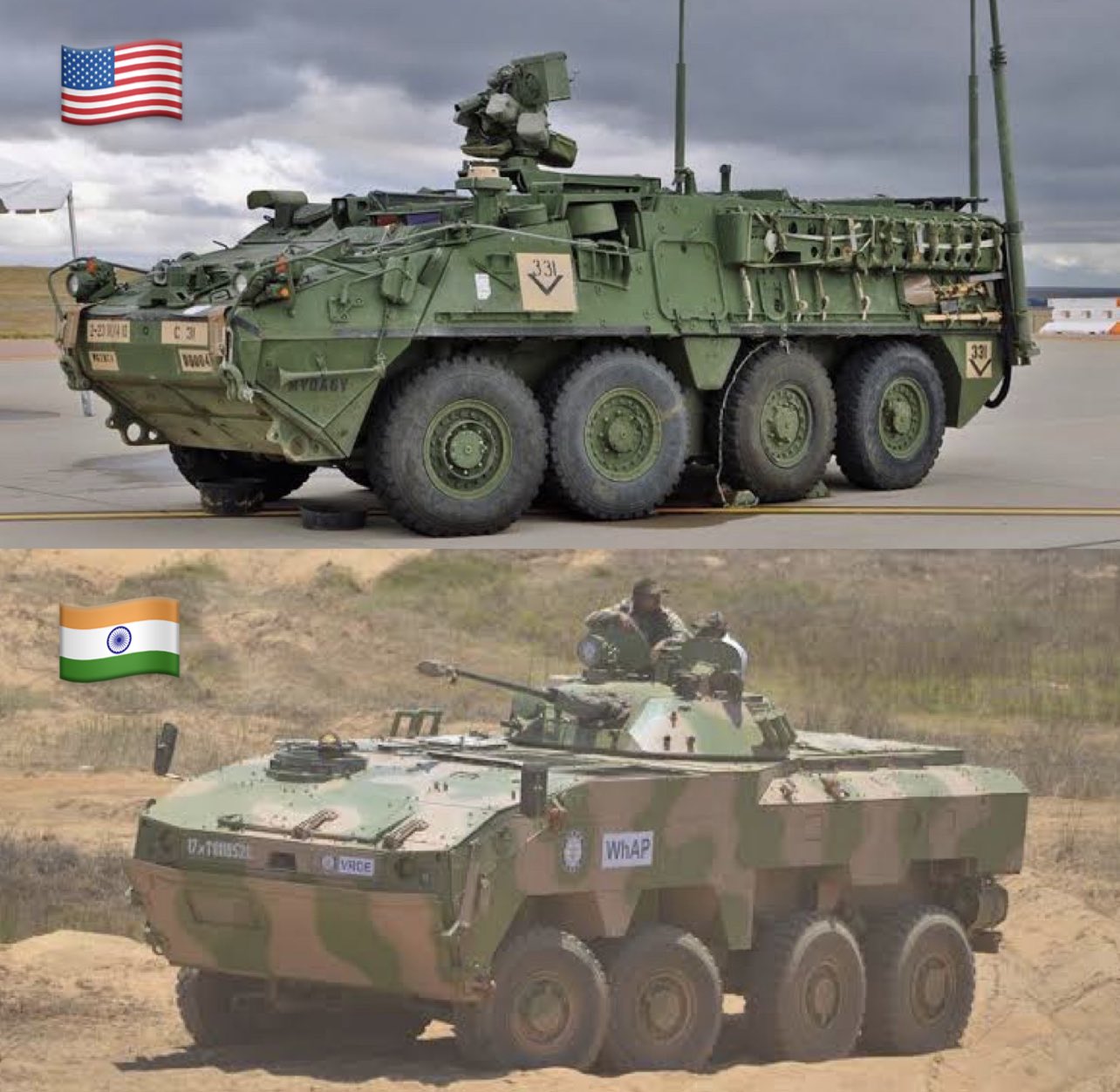
The battlefield of armoured vehicles in India is heating up, with the 8×8 platform taking centre stage. Two domestic giants, Mahindra and Tata, have joined forces with DRDO to develop the WHAP (Wheeled Armoured Platform), aiming to secure a coveted contract from the Indian Army for 700 vehicles. However, a formidable contender stands in their way: the Stryker from the United States, offered with full Transfer of Technology (ToT).
While technical specifications are crucial, other factors come into play. DRDO claims that the WHAP is lighter and more agile than Stryker, potentially offering better manoeuvrability in confined spaces. However, Stryker’s combat experience and mature technology might translate to better operational readiness and crew training.
Continue readingSOURCE: RAUNAK KUNDE / NEWS BEAT / IDRW.ORG
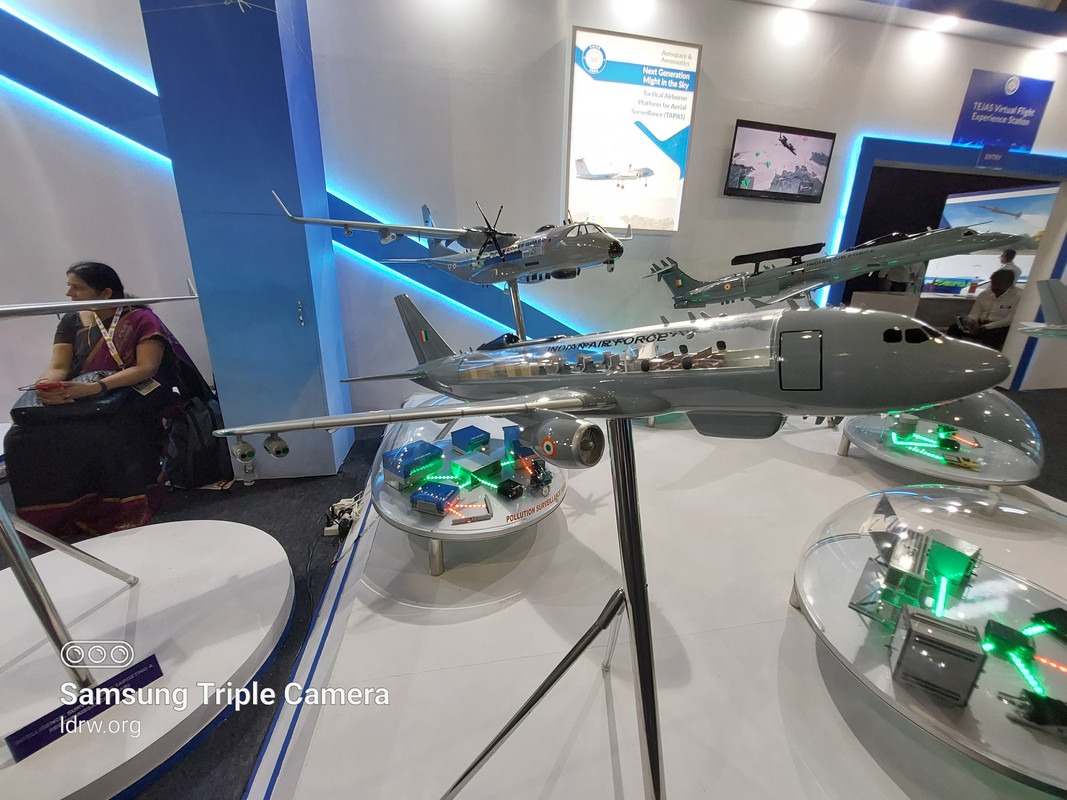
The Indian Air Force (IAF) is poised to witness a significant leap in its electronic warfare capabilities with the impending arrival of the Signal Intelligence and COMJAM Aircraft (SCA) project. This ambitious program, spearheaded by the DRDO’s Centre for Airborne Systems (CABS), has received IAF clearance in 2019 and is expected to secure Defence Acquisition Council (DAC) approval soon, according to prominent defence journalist Anantha Krishnan M.
The SCA is much more than just a fancy antenna on a plane. It’s a manned multi-mission platform, capable of undertaking long-range and high-endurance signal intelligence missions. At its core lies the combined power of SIGINT (Signal Intelligence) and COMJAM (Communications Jamming), providing the IAF with a comprehensive electronic warfare package.
Continue readingSOURCE: RAUNAK KUNDE / NEWS BEAT / IDRW.ORG

India’s ambitious Remotely Piloted Strike Aircraft (RPSA) program, also known as the UCAV (Unmanned Combat Aerial Vehicle) Stealth Program, has hit a potential roadblock. The Defence Research and Development Organisation (DRDO) few years back shifted the program from the Aeronautical Development Agency (ADA) to the Aeronautical Development Establishment (ADE), raising concerns about the future of this critical technology.
The move appears to be driven by a desire to free up ADA’s resources for manned fighter jet programs like Tejas MkII, TEDBF, and AMCA. Additionally, DRDO might be seeking to leverage ADE’s expertise in subsonic and supersonic UAVs, particularly its ongoing work on the Stealth Wing Flying Testbed (SWiFT) demonstrator.
Continue readingSOURCE: RAUNAK KUNDE / NEWS BEAT / IDRW.ORG
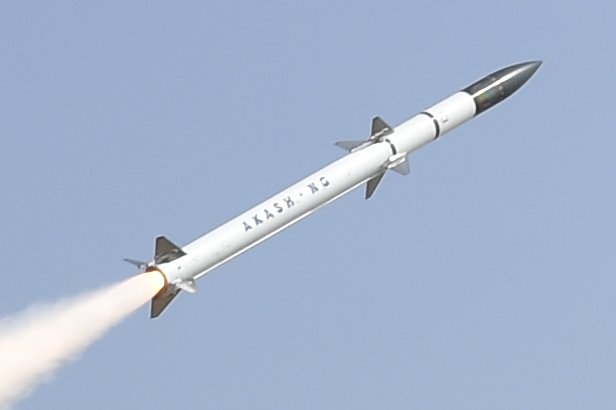
The recent successful test of the Akash-NG air defence missile system from DRDO has reignited the old debate surrounding its true range capabilities. While DRDO’s official brochure advertises a slant range of 30 km at an altitude of 30m to 14 km, some experts believe the Akash-NG packs a much stronger punch, potentially reaching 80 km.
Several factors contribute to this discrepancy in perceived range. The Akash-NG boasts larger rocket motors compared to the Barak-8, which has a proven range of 70 km. This upgrade, coupled with its predecessor Akash MkI’s 25 km range, raises eyebrows about the seemingly modest official range of 30 km.
Continue readingSOURCE: RAUNAK KUNDE / NEWS BEAT / IDRW.ORG
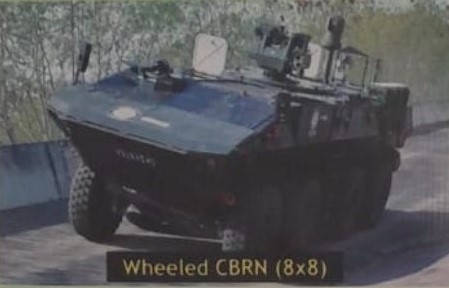
The Indian Army’s arsenal against invisible enemies just got a major upgrade. Mahindra Defence Systems Ltd (MDSL) and the Defence Research and Development Organisation (DRDO) have joined forces to develop a state-of-the-art Wheeled CBRN (8×8) vehicle, currently undergoing rigorous testing. This impressive machine promises to be a game-changer in India’s ability to detect, identify, and neutralize chemical, biological, and radiological (CBRN) threats.
The Wheeled CBRN (8×8) is a formidable beast, designed to navigate even the harshest terrains with its powerful 600 hp engine and 8×8 wheel configuration. Its robust chassis houses a suite of cutting-edge technologies, making it a one-stop shop for CBRN reconnaissance and mitigation.
Continue readingSOURCE: RAUNAK KUNDE / NEWS BEAT / IDRW.ORG

The Indian Air Force’s ambition to expand its fleet of Tejas Mark 1A fighter jets may face turbulence due to a bottleneck in engine production. While GE Aerospace has resumed manufacturing the F404-GE-IN20 engines that power these jets, their capped production of 20 units per year could significantly hamper HAL’s ambitious production goals.
HAL plans to ramp up production of Tejas Mk1A jets from the current 8 per year to 16 by 2025-26 and eventually reach 24 per year with a new production line. However, GE Aerospace’s limited engine output throws a wrench in these plans. With only 20 engines available annually, achieving the desired production targets seems challenging.
Continue readingSOURCE: RAUNAK KUNDE / NEWS BEAT / IDRW.ORG
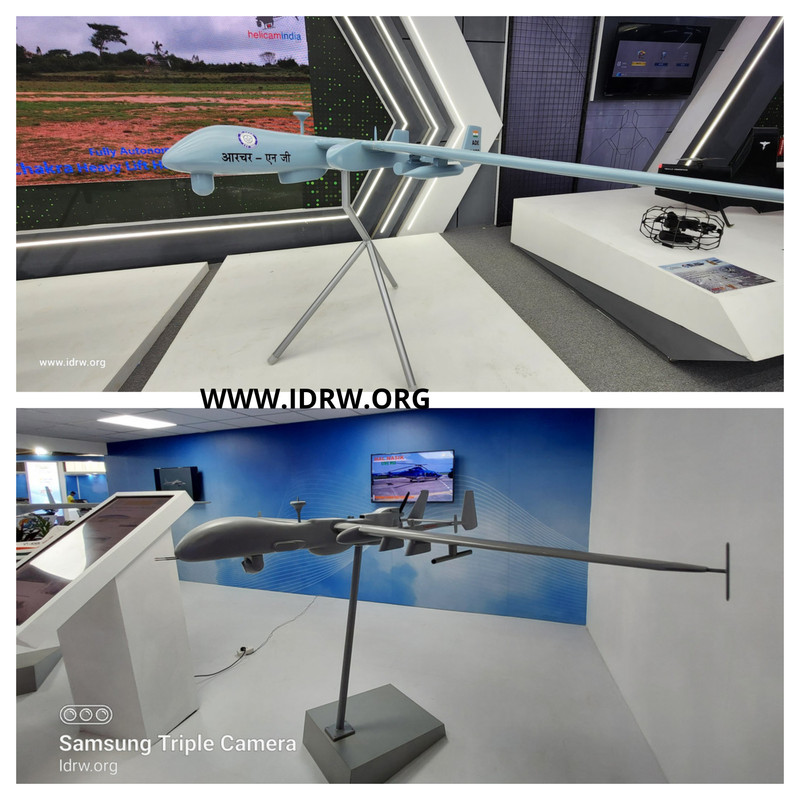
The upcoming Indian-made Archer-NG MALE UAV has sparked curiosity and confusion among Indian readers, with speculations swirling around its resemblance to the Israeli Heron Mk2 already in service with the Indian Air Force. But idrw.org has done the digging and is here to shed light on the key features that set these two drones apart.
First things first, the Archer-NG is a bigger bird. Its maximum take-off weight of 1800 kg eclipses the Heron Mk2’s 1350 kg, making it a more robust platform capable of carrying heavier payloads and venturing further. This translates to an 18.6-meter wingspan for the Archer-NG compared to the Heron Mk2’s 16.6 meters, giving it a larger wing area for improved lift and endurance.
Continue readingSOURCE: RAUNAK KUNDE / NEWS BEAT / IDRW.ORG
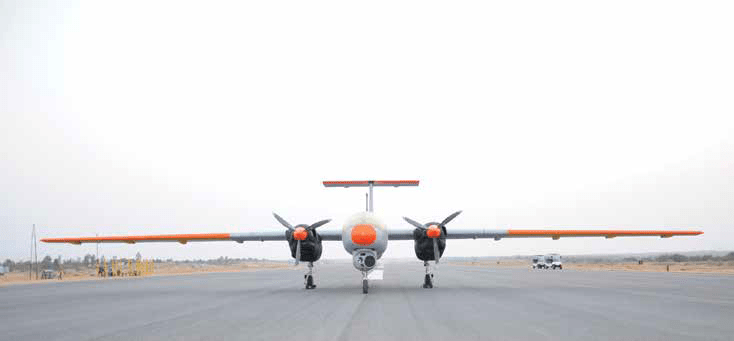
The Tapas Medium Altitude Long Endurance (MALE) UAV program, initially rumored to face complete shelving, has now been confirmed by DRDO Chief Samir V Kamat to continue, albeit with a strategic shift. Kamat clarified that the program will transform into a Technological Demonstrator for the Successor Archer-NG, marking a pivotal development in India’s Unmanned Aerial Vehicle (UAV) capabilities. This decision reflects DRDO’s commitment to innovation and adaptability in meeting the evolving requirements of the defense forces.
DRDO Chief Samir V Kamat’s announcement quashes media reports about the complete shelving of the Tapas MALE UAV program. Instead, the program will be reoriented as a Technological Demonstrator for the Successor Archer-NG. This shift signifies a forward-looking approach, allowing DRDO to leverage the existing platform for developing and testing advanced technologies that will contribute to the successor UAV program.
Continue readingSOURCE: RAUNAK KUNDE / NEWS BEAT / IDRW.ORG
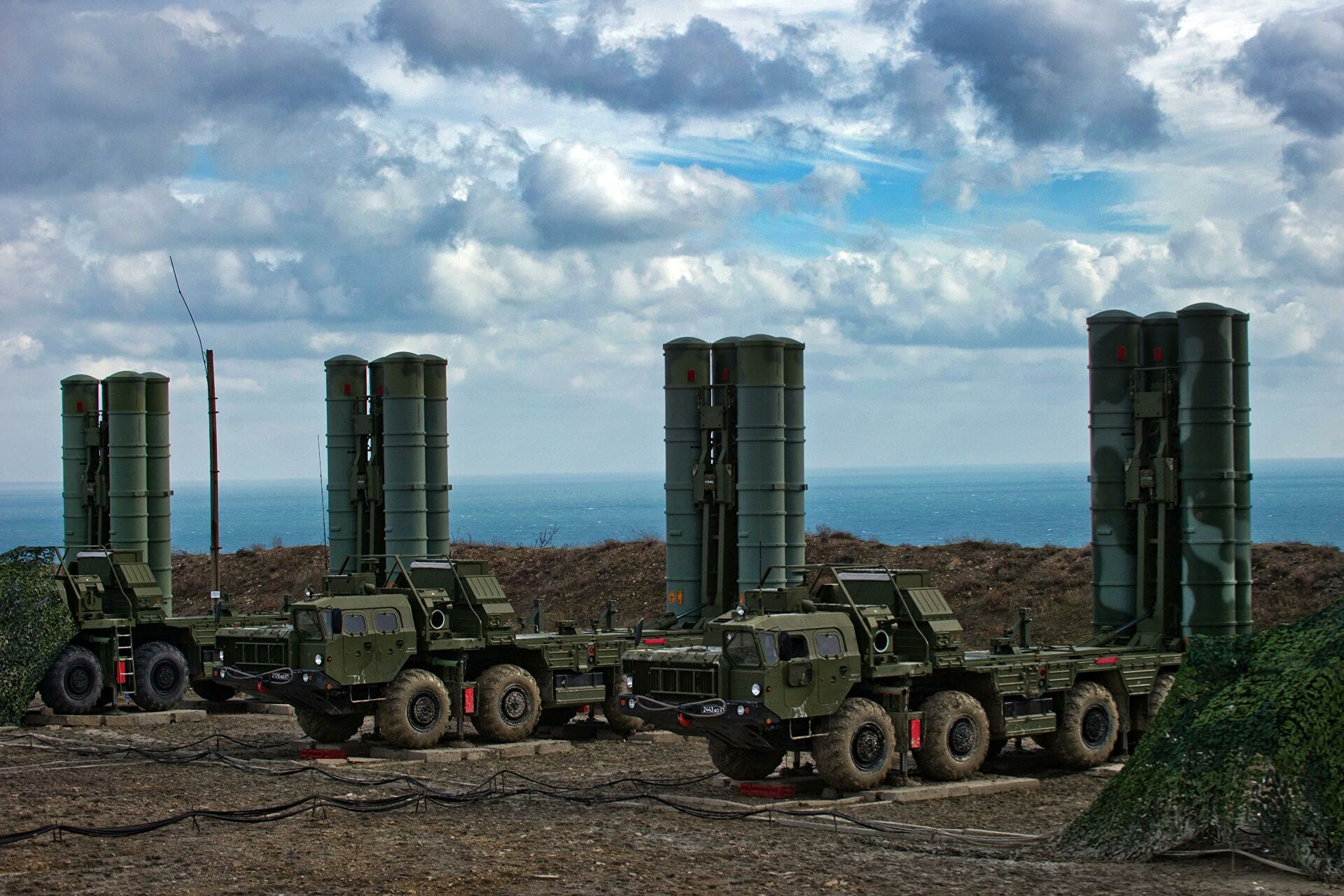
The recent successful test of the Fatah-II missile by Pakistan has stirred up strategic discussions in both India and Pakistan. While Pakistani analysts hail it as a game-changer, Indian experts raise questions about its effectiveness against India’s air defense systems.
Umair Aslam, a Pakistan based Analysts believes that Fatah-II barrage will be used to take out India’s S-400 launchers with saturation attacks, since Fatah-II is equipped with advanced features including state-of-the-art avionics, a sophisticated navigation system, and a distinctive flight trajectory.
Continue readingSOURCE: RAUNAK KUNDE / NEWS BEAT / IDRW.ORG
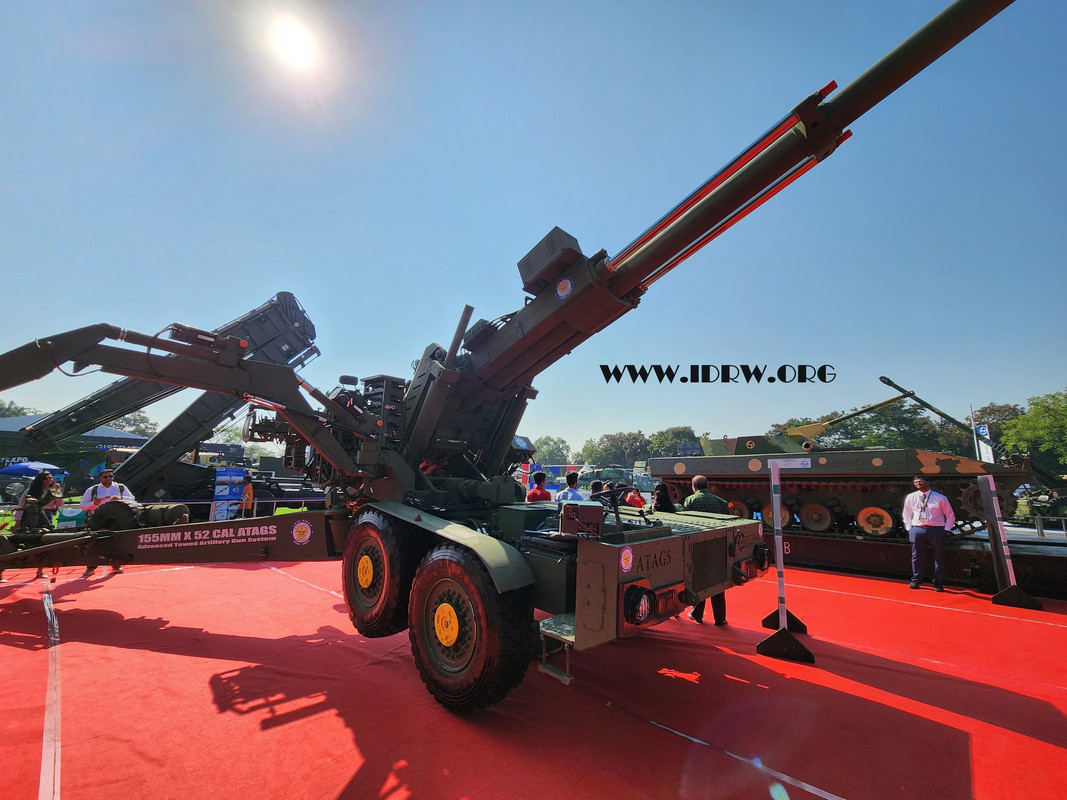
Bharat Forge, the Indian defence giant, is aiming for continued success in the artillery field, confident that 2024 will see further export orders for its range of newly developed guns. This optimism stems from a thriving order book, where an impressive 80% of contracts come from international clients.
The company’s current success can be attributed to several factors. Its artillery guns, including the Advanced Towed Artillery Gun System (ATAGS), boast state-of-the-art features and competitive pricing. Unlike many export market offerings, developed 2-3 decades ago, these guns showcase cutting-edge technology. Bharat Forge claims its offerings are not only cost-effective but also match or surpass the capabilities of established options.
Continue readingSOURCE: RAUNAK KUNDE / NEWS BEAT / IDRW.ORG

India, the world’s second-largest fighter jet market with over 1,000 Martin-Baker ejection seats currently in service across its air force, navy, and army, is aiming to take a quantum leap towards self-reliance in this critical technology. The Indian government is in talks with UK-based Martin-Baker Aircraft, the world leader in ejection and crashworthy seats, to establish a domestic production line for these life-saving systems.
India’s ambitious plans to manufacture and induct nearly 500 combat jets in the next 20 years fuel the demand for Ejection Seats. These seats, crucial for pilot safety in emergencies, are currently imported from Martin-Baker, with variants like Mk.4, Mk.9, Mk.10, and Mk.16 equipping aircraft like the HJT-16, Jaguar, Mirage, Hawk, and Rafale. Upcoming programs like Tejas Mk2, HTT-40 basic trainers, TEDBF, AMCA, and potentially the HLFT-42 Supersonic Trainer Aircraft, all point towards a sustained demand for these high-tech seats.
Continue readingSOURCE: RAUNAK KUNDE / NEWS BEAT / IDRW.ORG
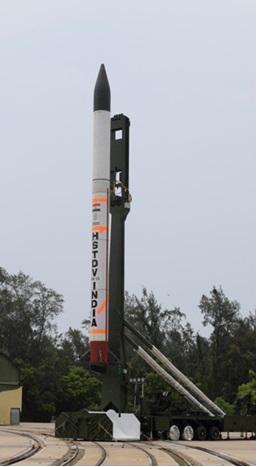
India’s Defense Research and Development Organisation (DRDO) is preparing for longer trials of its Hypersonic Technology Demonstrator Vehicle (HSTDV) later this year. This marks a significant step forward in the country’s quest to develop hypersonic weapons, capable of travelling at speeds exceeding Mach 5 (five times the speed of sound).
The HSTDV program has seen a mixed bag of results so far. The first test in June 2019 was unsuccessful, but the second one in September 2020 achieved a breakthrough. The scramjet-powered HSTDV maintained Mach 6 speed for 22-23 seconds after separating from its launch vehicle at an altitude of 30 kilometres.
Continue readingSOURCE: RAUNAK KUNDE / NEWS BEAT / IDRW.ORG

The Indian Navy’s quest for self-reliance in underwater warfare is set to accelerate with the ambitious Project-76, which aims to develop next-generation indigenous conventional diesel submarines. While the project awaits the finalization of the ongoing Project-75I (India) submarine acquisition deal, the Warship Design Bureau (WDB) is already working tirelessly, targeting a completed design concept by 2026.
Project-76 envisions creating AIP (Air-Independent Propulsion)-equipped diesel-electric attack submarines. These underwater giants, likely boasting a 3,000-ton submerged displacement, will surpass predecessors like the Project-75I (India) and Project-75 submarines built under foreign designs. Sources close to the program reveal the Navy’s intention to position Project-76 as a successor to the iconic Sindhughosh (Kilo) class, underscoring the emphasis on maintaining a formidable 3,000-ton class.
Continue readingSOURCE: RAUNAK KUNDE / NEWS BEAT / IDRW.ORG
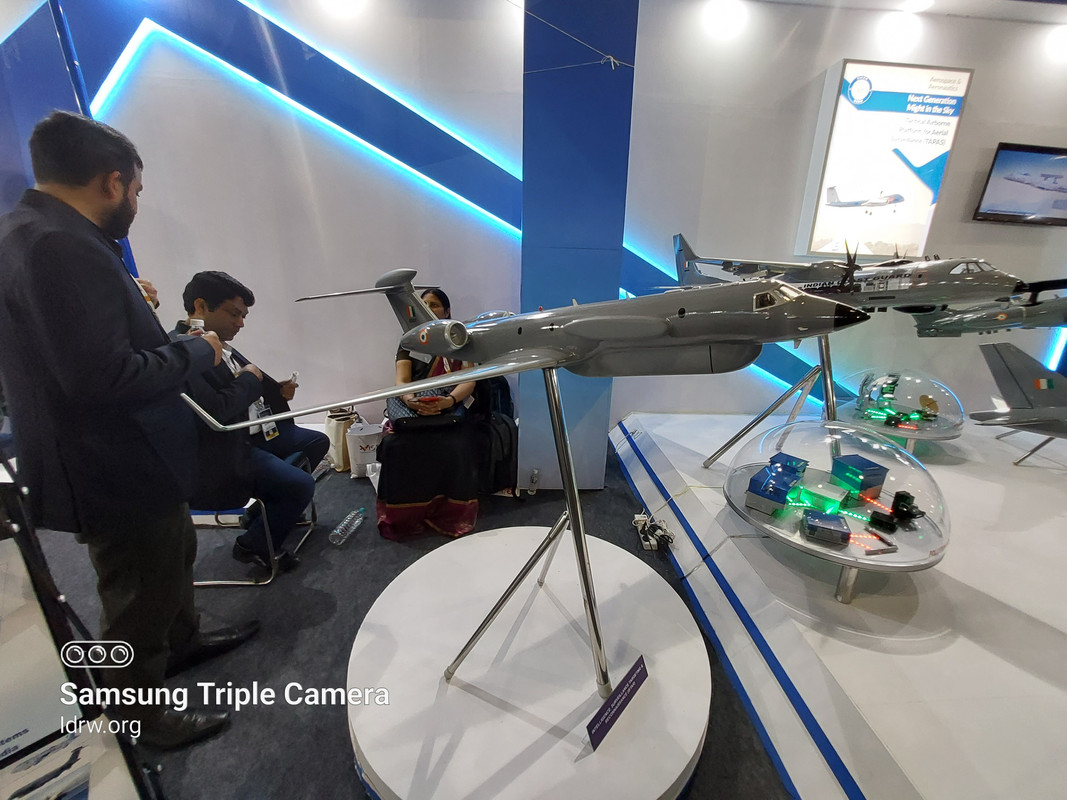
The Defence Research and Development Organisation’s (DRDO) Centre for Airborne Systems (CABS) has embarked on a significant initiative aimed at bolstering the Indian Air Force’s (IAF) capabilities. The focus is on the development of three ISTAR (Intelligence, Surveillance, Target Acquisition, and Reconnaissance) platforms, crucial for enhancing surveillance and reconnaissance missions. This endeavour is part of a Technology Demonstration project, with substantial progress already made in crafting systems for air-to-ground surveillance.
The strategic importance of ISTAR platforms in modern military operations cannot be overstated. These platforms play a pivotal role in providing real-time intelligence, enabling effective monitoring of battlefield situations, and addressing border tensions. As the need for such assets has been long pending, DRDO’s initiative aligns with the evolving requirements of the Indian armed forces.
Continue reading